How to choose noise canceling headphones? This is a problem that disturbs people like noise:
- What form of noise-cancelling headphones to buy, choose to wear, hang shoulders or true wireless? Which form is more comfortable to wear and which one to use
- There are several types of noise reduction modes, which are active noise reduction and digital noise reduction;
- Whether the headphone noise reduction will affect stability, there will be no delay when connecting wirelessly;
- Whether wireless transmission will affect the sound quality, Bluetooth can not transmit lossless, listen to Hi-Res;
- ……
This series of questions is believed to have plagued everyone for a long time.

So, today we will do a detailed science, let everyone know about the noise-reducing headphones, but also analyze with you, how to choose a wireless noise-reducing earphone that suits you.
What are the common noise canceling headphones?
There are many types of noise canceling headphones, which can be classified into different types of products in terms of shape and wearing method, noise reduction method technology and connection method.
Before studying the options, we have to look at how many noise-cancelling headphones are on the market.
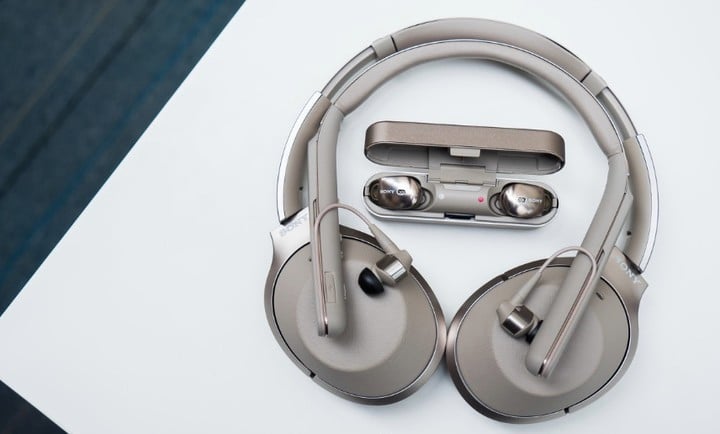
There are three types of head-mounted, shoulder-mounted and true wireless noise canceling headphones, which are classified according to the wearing method. According to the connection method, there are only two types of wireless noise canceling headphones and wired noise canceling headphones.
Wired and wireless modes are well understood. At present, most manufacturers have shifted their focus to wireless noise canceling headphones. This is the focus of our discussion today.
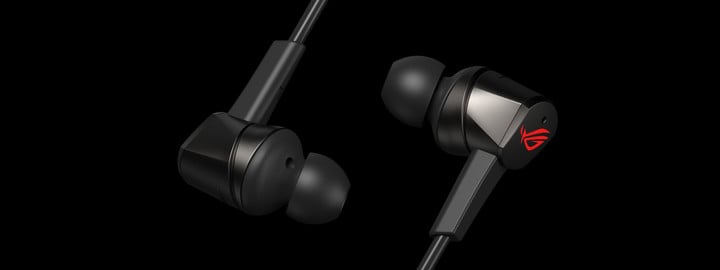
▲ ROG CETRA Wired Noise Reduction Gaming Headset
Wired headsets are relatively small now, like Xiaomi or ROG are also doing cable noise reduction headphones, but these are more to meet the special needs of users.
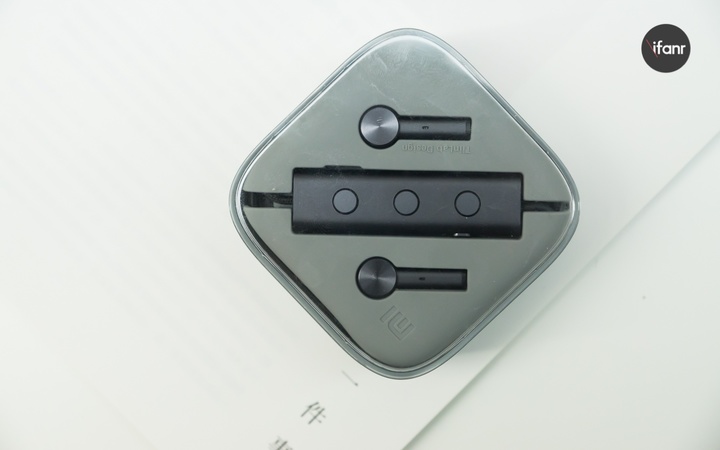
▲ Xiaomi Cable Noise Cancelling Headphones
Wireless noise canceling headphones such as Xiaomi are mainly for the price-sensitive users, while ROG CETRA is a wired noise canceling headset to meet the needs of mobile users for low latency and connection stability. Not too mainstream equipment.
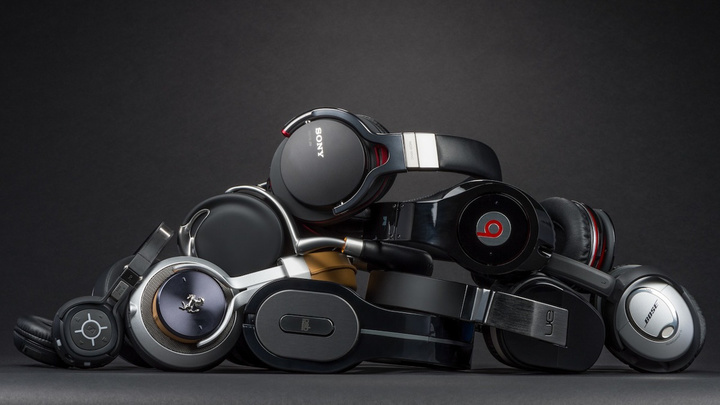
According to the noise reduction technology, it can be divided into active noise canceling headphones and digital noise canceling headphones.
The so-called active noise canceling earphone means that the reverse sound wave equal to the external noise is generated by the noise reduction system, and the noise is neutralized, thereby achieving the effect of noise reduction. Like the Sony 1000X series, Bose’s latest NCH series and QuietComfort, QuietControl two QC series, Beoplay H8 and H9, Beats Studio 3… These are the common wireless noise canceling headphones.
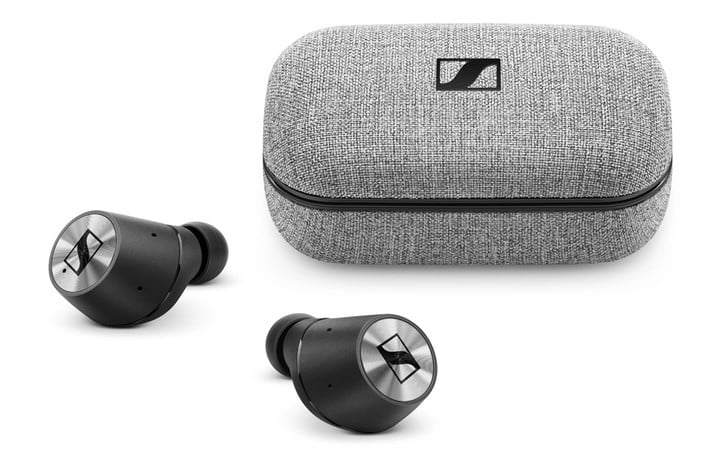
▲ Sennheiser Momentum True Wireless
Of course, some headphones like Sennheiser Momentum True Wireless also provide a good wearing seal, which can block a certain amount of noise after wearing. But this is just a physical noise-blocking effect. After wearing each earphone, it actually has the ability to block noise. It has nothing to do with the “noise reduction function” we mentioned.

▲ DIGITAL NC Digital Noise Reduction Technology from Sony Player
Digital noise reduction technology is a kind of processing that adds some noise during sound playback to reduce ambient noise to sound.The impact of playback. ANC technologies like Sony’s DIGITAL NC and FIIIL are also digital noise reduction.
Compared with active noise reduction, the effect of digital noise reduction is relatively weak, and the need to have music playback can reflect the noise reduction effect. The effect is relatively low and there is no way to satisfy the user’s pure noise reduction. demand.
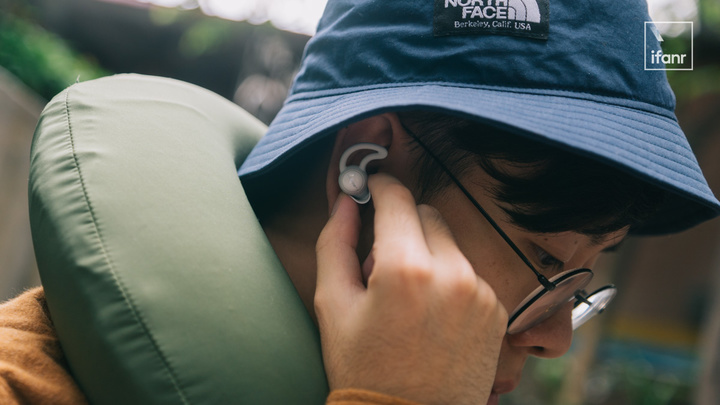
In addition to the wearing form and noise reduction mode, there are some noise reduction/noise headphones made according to specific scenes. Bose’s Sleepbuds is a noise-cancelling earphone for sleep scenes.
Although there are many kinds of noise canceling headphones, we mainly contact wireless noise canceling headphones in daily environment, which is also the most mainstream noise reduction solution.
Then, we will narrow the scope, mainly for the three types of wireless headphones, such as head-mounted, shoulder-mounted and true wireless, to analyze the differences between the three, telling you how to be in these three forms. Choose the product that suits you.
Wear
No matter which headset you choose, the first thing the user first touches is the sense of wearing. The headphones are uncomfortable to wear, and it is not convenient when wearing them… These are the problems users will encounter when wearing new headphones.
When it comes to wearing comfort, everyone’s criteria are different.
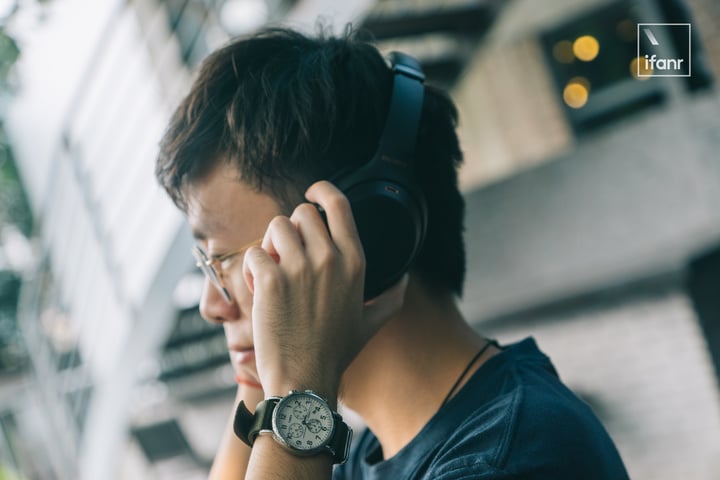
Some users may be afraid of head-mounted indenters, while others feel that it is more troublesome to wear them on their necks, and some users cannot accept in-ears. These characteristics are also factors that affect the user’s choice of headphones.
But based on the consideration of earphone sealing, the shape of the noise-reducing earphones has been fixed. For example, the head-mounted noise-reducing earphones basically adopt a full-package structure, and the noise-reducing earphones in the form of hanging shoulders and true wireless are In-ear type. Only with these more closed designs can the noise reduction requirements of the noise canceling headphones be ensured.
However, in these three modes, the sound seal is still different.
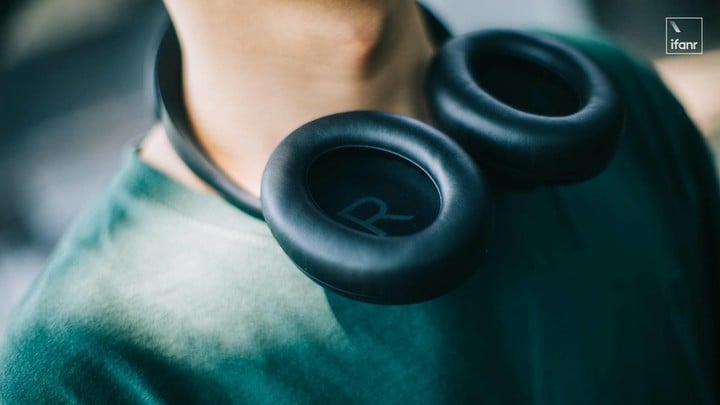
The best performance of the seal is the headphone. It is designed with a full wrap earmuff to completely wrap the ear. The earphone also has a certain thickness. The ear cotton with better sound absorption can improve the user. Noise reduction from 4 to 1/2.

The in-ear design of the shoulder strap and the true wireless also have a certain ability to block noise. Users can replace the memory foam sleeve (C sleeve). The C sleeve of the right size can fill the ear canal as much as possible.In order to improve the wearing seal, but the sealing is still a little worse than the head-mounted.
In addition to the tightness, wearing stability is also important.
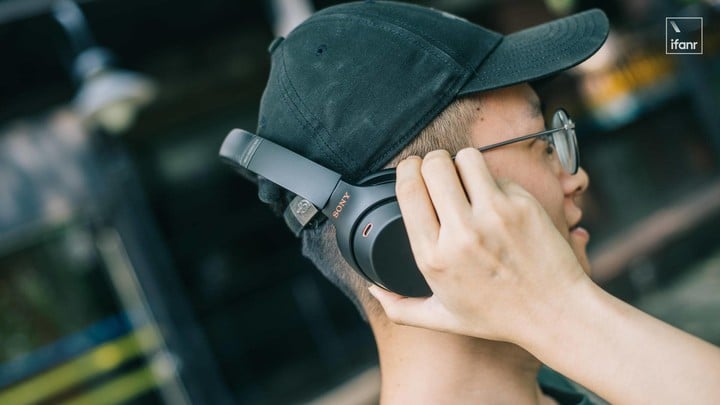
For most people, the headset is the earliest earphone design. As long as you don’t choose some narrow-necked styles, adjust the length before wearing, and don’t mind if the top beam will crush the hairstyle, the head-mounted style should give you the most stable wearing experience.
Hanging shoulders and true wireless are mostly in-ear style, and the stability of wearing is similar.

The user needs to select the correct size rubber plug before wearing it, and adjust the earphone and plug-in stable structure when wearing. As long as they are all adjusted, these two headphones will also have good stability, but it is more troublesome than the headset.

In-ear headphones like the Sony WI-1000X and WF-1000XM3, which have no external stable structure, are easy to wear because they can adjust things less. However, the lack of external structure assistance will make the headphones wearIt is not so stable.
Headphones have a big advantage in terms of wearing stability and tightness. If you wear comfortable earmuffs and top beams, it is the one that wears the lowest threshold and is the most convenient to wear in three ways.
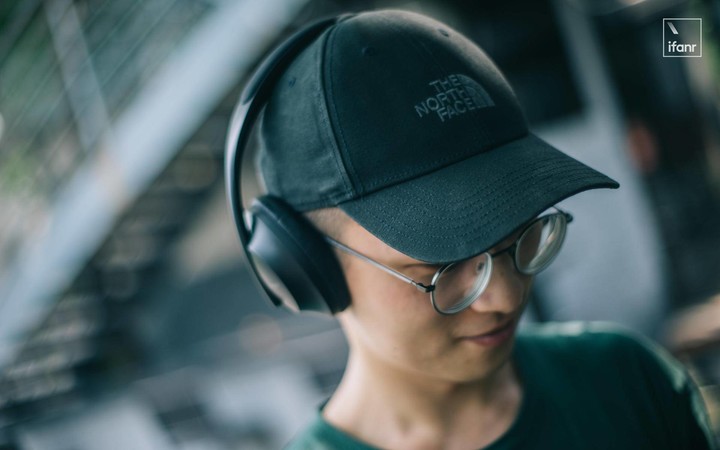
However, the scene of the headset is very adaptable. The earmuffs are so large that they can hardly be worn while sleeping on the bed, and they can’t turn around when worn.
And, the headphones are really hot to wear. Let’s not talk about Guangzhou’s “minimum consumption” in the summer of 30 °C. It is easy to sweat when walking on the street with headphones. At this time, even if the headphones have strong sound quality and noise reduction effect, it does not make much sense. It is not appropriate to use headphones at this time.

Of course, the most adaptable scene is the true wireless headset.
The true wireless headset has no wire and shoulder structure, and it will be more free to wear than the head and shoulder. It just plugs the ear, it doesn’t heat your ears or neck, and it can be worn outdoors for a long time on a hot day.
The shoulder-mounted design is the middle point between the head-mounted and the true wireless. It also has an in-ear structure, and it does not have the entanglement of the hot ear, but the shoulder structure can also be hindered when worn.
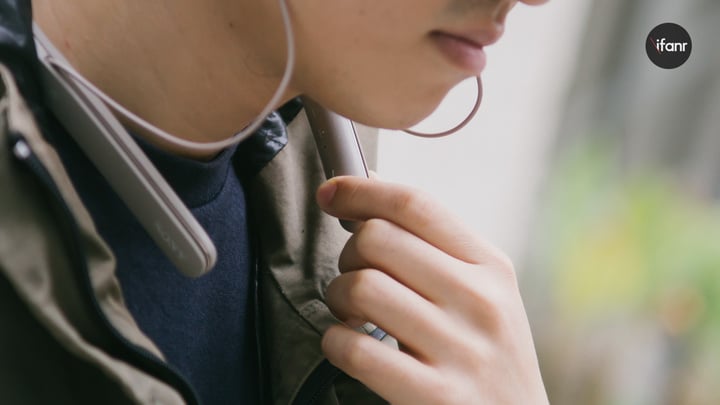
▲ Sony WI-1000X Shoulder Strap Wireless Noise Cancelling Headphones
If you come across the large shoulder earphones QC30 and WI-1000X, it is difficult to wear them while you sleep and exercise. Although some readers are sleeping on the hanging shoulder structure, this seemingly strange approach, I personally do not advocate.
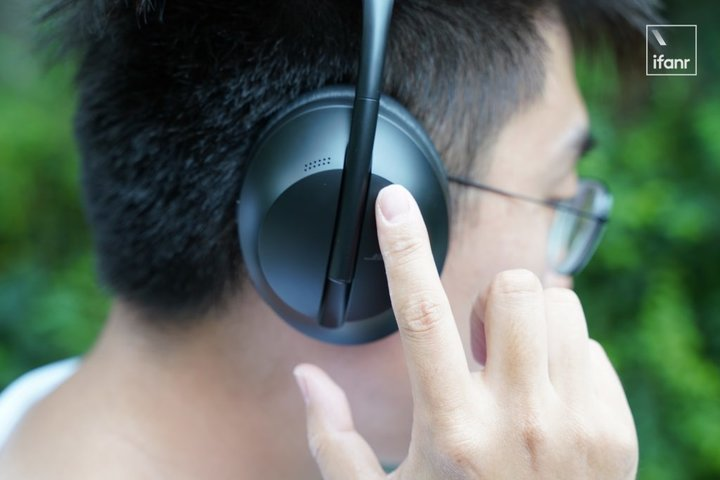
Management, the headset has a large space to place the touchpad, and the user can use the touch gesture to operate the headset. However, due to the limitation of the response speed and recognition accuracy of the touch panel, the probability of misoperation is also high.
Also, for users who have not used touch gestures, it is a bit of a hassle to remember multiple swipes and continuous clicks. In contrast, a real wireless headset that only needs to be controlled by clicking on the left and right side touch blocks is convenient.

In the three earphones, the most troublesome operation is the hanging shoulder design.
This is also the case when we experienced the Sony WI-1000X. Most of the shoulder-mounted headphones put the buttons on the inside of the shoulder-mounted structure. If you are not familiar with the button position, and the manufacturer does not perform the recognition operation on the button, it is very difficult for the user to do the blind operation of controlling the play while wearing.

Even if there is a convenient NFC module on the shoulder structure, it is difficult to achieve a light touch pair after wearing. The design that could have been simplified has now become lessConvenience. In this way, the shoulder-mounted headphones should have the greatest impact on the manipulation.
Noise Reduction Technology
For noise canceling headphones, “noise reduction” is actually the most core function.
But the relationship between the noise reduction effect of the headphones and the noise reduction intensity is similar to the “hearing” and “sound quality”. The sound quality of the earphone is a basic element of the sound performance of the earphone, generally referring to the texture of the sound. The sense of hearing refers to the comprehensive performance of the sound of the headphones, which is simply the feeling when you hear the sound of the headphones.

▲ Schematic diagram of active noise reduction
The noise reduction effect is the same as the noise reduction intensity. The noise reduction intensity generally refers to the output effect of the headphone noise reduction unit, and the noise reduction effect of the whole pair of headphones needs to be combined with the noise reduction unit, earphone sealing and other factors. Noise performance. Simply put, after wearing this headset, you can feel how quiet the surrounding environment is. This is the noise reduction effect brought by the headphones.
To mention the noise reduction effect, start with the noise reduction intensity of the headphones.
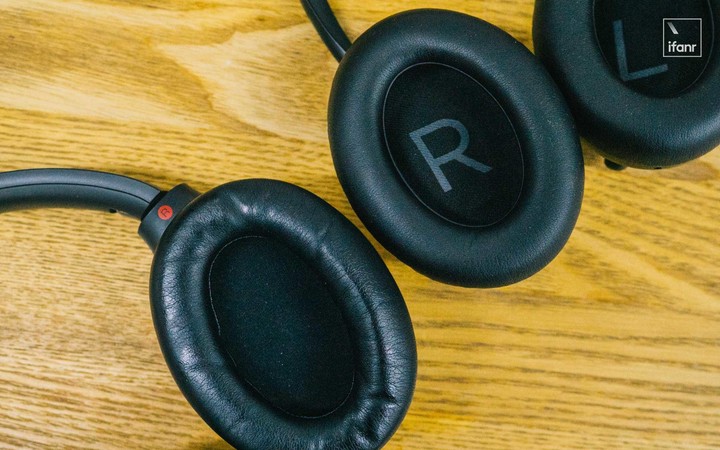
▲
In headphones, shoulder straps, and true wireless headsets, the head-mounted noise canceling headphones have more space than the shoulder straps and true wireless headphones, allowing for larger noise reduction units and batteries. Putting on a battery with a larger capacity, the head-mounted endurance pressure is smaller than the other two models, which allows the noise reduction unit to make a more powerful output. The noise reduction intensity of the unit is naturally stronger than that of the true wireless and the shoulder strap.

The same in-ear design shoulder strap and true wireless earphone are used. Both earphones are mainly designed with small size. The space used by the noise reduction unit and the battery is also relatively small. The noise reduction strength of the two headphones should also be different. Not big.
But for the early release of true wireless noise canceling headphones, they still need to consider the endurance, so the output of the noise reduction unit will be compressed, and the noise reduction effect will be weakened. Therefore, when we experienced the first generation of WF-1000X, we also found that its presence of noise reduction is indeed a bit low.

Sony has solved this problem on the newly updated WF-1000XM3. The noise reduction intensity and overall effect of the WF-1000XM3 have already caught up with the shoulder-mounted WI-1000X. It seems that the true wireless noise canceling headphones introduced after the WF-1000XM3 can also achieve the effect of the early shoulder-mounted noise canceling headphones.
To say the overall noise reduction effect of the headphones, it is also important to wear the seal. From the contrast of wearing the seal, it can be seen that the sound insulation ability is the strongest, and the head-mounted type, the shoulder-mounted type and the true wireless type are both in-ear type and the true wireless earphones have little difference.
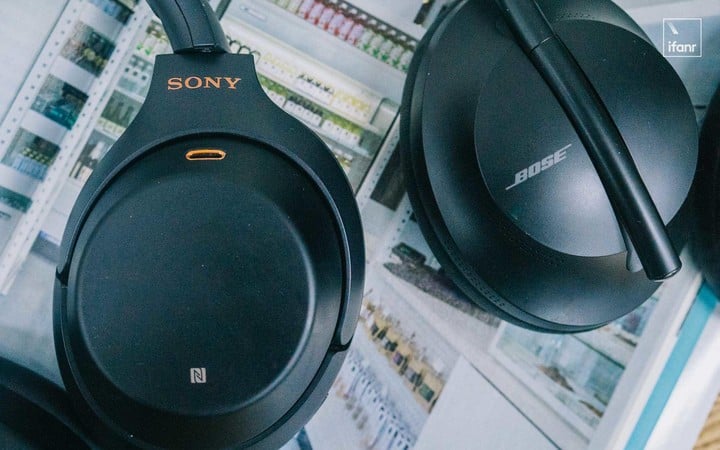
In combination with the above two points, under the premise of the same noise reduction technology, the most effective noise reduction effect is head-mounted noise canceling headphones, shoulder-mounted and true wireless headphones.The noise reduction effect of the person is not much different. However, if the earphone has a better fixed structure or a more ear-like design, the sound insulation effect will also be improved.
In addition to the most basic noise reduction, headphones also need some noise reduction technology to optimize their noise reduction.

Sony’s “SENSE ENGINE” allows the headset to recognize the environment with the sensor on the phone, and calculates the noise reduction effect suitable for the current environment through software, reducing the influence of air pressure and other factors on the wearer, reducing noise reduction to people. The burden.
SENSE ENGINE is highly automated, but it is necessary to enable the “Headphone Connect” app when connecting to a mobile phone. If you are connected to a non-intelligent player, then the headset will only do a simple, unadjusted noise reduction output.

Bose added a 10-level noise reduction adjustment to the latest Nosie Cancelling Headphone series, which also allows users to quickly switch between buttons. The Microsoft Surface Headphone uses the most basic knob design to achieve 13 levels of noise reduction adjustment… These are the techniques and interactions that manufacturers have put into noise reduction, and the purpose is to make it easier for users to adjust the noise reduction effect.
Technology investment has nothing to do with the form of the headset, mainly depends on the technical input of the manufacturer. It is recommended that users should take a moment to look at the introduction of headphone noise reduction technology before purchasing noise canceling headphones, in order to help you better choose the product that suits you.
Connection Technology
Since wireless headsets have become mainstream, “wireless connection stability” has become something we care about.
In the past, we only used wireless headphones to listen to songs. The demand for connection stability is not high, as long as we can keep connecting. But now we are watching videos and playing games on the mobile phone. While ensuring a stable connection, the headset also needs to reduce the delay and keep the picture and sound synchronized to ensure the experience.
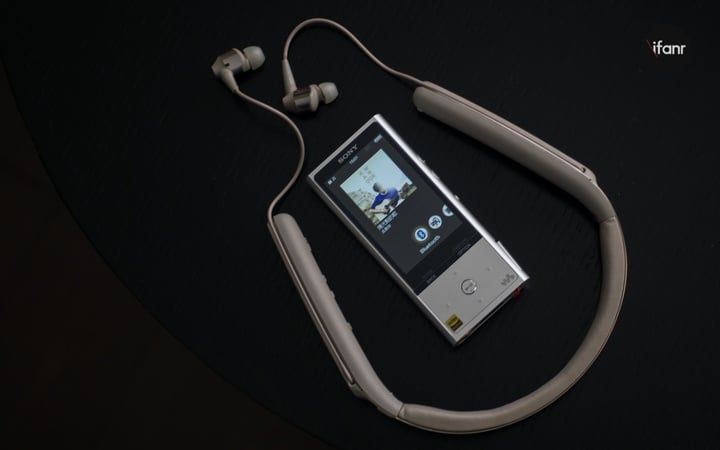
In this respect, both sides of the headphones use wired connection head-mounted, shoulder-mounted wireless headphones or do a good job.
These two headphones do not need to take into account the stability of the connection between the headphones on both sides, and there is more space on the headphones for the designer to design the transmission antenna. It can be seen that these two types of headphones will have a more stable performance on the wireless connection.

The connection pressure of a true wireless headset will be greater than that of a head-mounted and a hanging shoulder. In the earlier scenario, the device first connected to the host in the headset, and the headset host received it and then transmitted it to the other headset. This type of connection is prone to delays, and even if the headphones can guarantee the stability of the connection, there are occasions when the sound and picture are not synchronized.
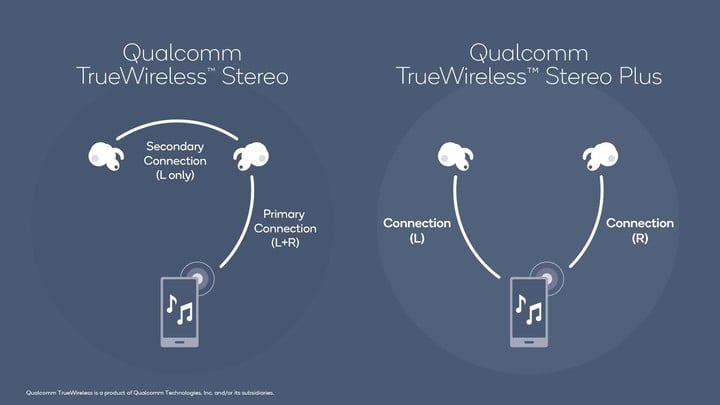
▲ Qualcomm TWS Plus True Wireless Headset Solution
Later, Qualcomm also introduced the TWS Plus true wireless connection solution, which allows the two sides of the true wireless headset to be directly connected to the playback device, eliminating the relationship between the primary and secondary relay connections. This also reduces the pressure on the wireless connection and improves stability. However, compared with the head-mounted and shoulder-mounted two wired connections, the stability of true wireless is still a little worse.
In addition, the transmission pressure of true wireless headphones is also larger than that of head-mounted and shoulder-mounted, which also gives a lot of restrictions on the transmission of true wireless headphones. This limitation is mainly reflected in the support of high-standard transmission coding.
According to existing products, the headset is compatible with the most high-standard wireless transmission coding.
The WH-1000X series of head-mounted noise canceling headphones like Sony have already supported the common high-standard transmission modes such as LDAC and aptX HD. The shoulder-mounted WI-1000X wireless noise canceling headphones can also use LDAC and aptX. HD, there is little difference in the compatibility of high quality coding.

In contrast, there aren’t many true wireless headsets that support aptX, and only the Bird Track+ is available with active noise reduction. Some true wireless headsets (such as Sennheiser’s Momentum True Wireless) also support Qualcom’s newly developed aptX low-latency transmission mode, but there is currently no true wireless product compatible with LDAC and aptX HD.
sound
In this part, let’s talk about the most important “sound” of metaphysics, which is the sense of hearing.
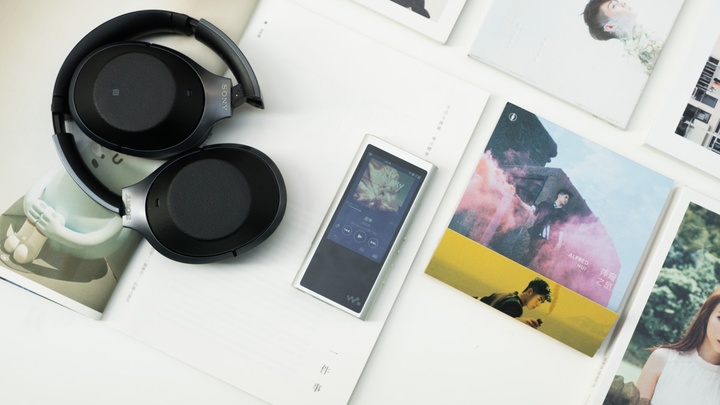
The sense of hearing is actually the result of a combination of many elements of the headset. The headphone unit, the processing technology of the wireless audio chip, the wireless transmission specifications, the design of the earphone cavity, the effect of noise reduction on the sound performance, the material of the earmuffs and the rubber plug, etc., all affect the sound performance.
Here, it is difficult for users to do a comparison of the full control variables, but the contrast of too large a span is meaningless. Therefore, in this issue of science, I will only share how to quickly compare the scheme, and will not discuss the difference in the sense of hearing between the three headphones. Because of this comparison, if there are too many variables, the span is too large, and the comparison is meaningless.

Before conducting a comparison test, we will prepare one or two playback devices that you use. Because I usually switch between the phone and the player, I use my iPhone 8 Plus and Sony NW-ZX300A players every time I do the listening test.

The player selection is important because the player can determine the transfer mode after the player decides. Only when you experience it in the usual connection mode, can you find a pair of headphones that are suitable for your daily use.
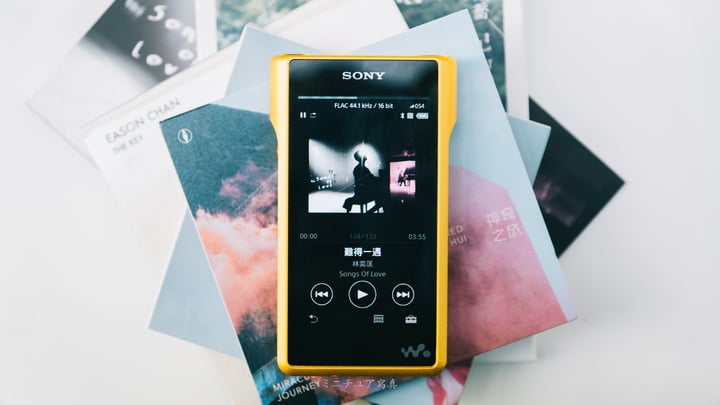
After you have confirmed the player, you will also need to find one or two albums that you often hear and are very familiar with. Only with the songs you hear yourself can you hear the difference in different headphone switches.
If you have known the headphones to be compared beforehand, then you can choose some songs suitable for headphones to play. But if the song you haven’t heard before, the style of the song is very different from the daily listening, then the reference is not meaningful.
After both preparations are done, you can listen to it. When you audition, you only need to pay attention to the details of the song and the overall atmosphere according to your own preferences. There is no need to emphasize “tri-frequency equalization”, “high-resolution high-resolution”, etc. After all, everyone’s style preferences are different, so you can choose according to your own preferences.

One more thing to note is that there is no need to stick too much on the transfer encoding.
Because each headset has its attributes and preferences, like the previous Surface Headphone and Bose 700, it can output a good sense of hearing in both SBC and AAC environments. In contrast, Sony’s WH-1000XM3 needs to be in LDAC mode to get the most out of it. The characteristics of the headphones are different, and its support for encoding is different.
As long as your playback device is set, you can find the headset by device.
Compared with so much, let’s come to the next conclusion…
A series of detailed comparisons, we also have some understanding of the three types of noise-reducing headphones, such as head-mounted, shoulder-mounted and true wireless.
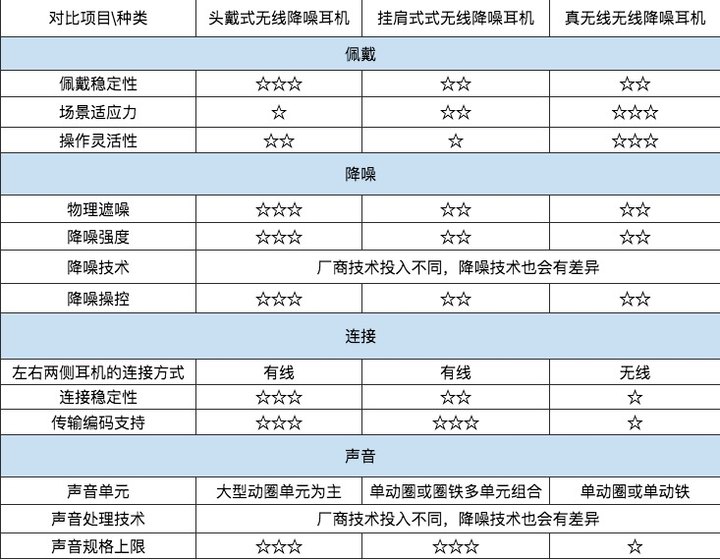
Now, we will summarize based on the comparison results.
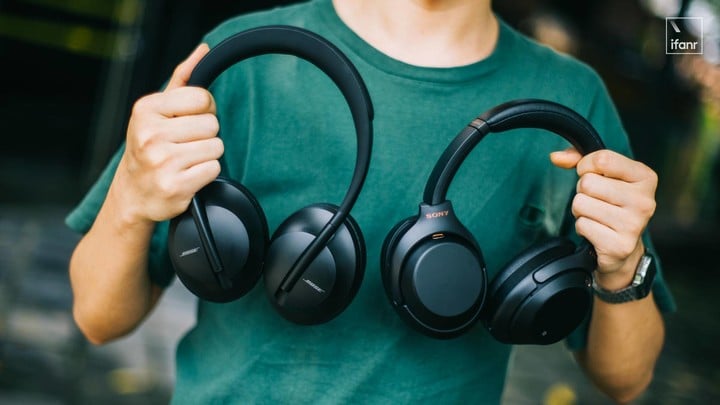
The head-mounted style provides the most stable wearing effect and the tightness of wearing is the strongest of the three. With its size advantage, it can provide you with the longest battery life and the strongest noise reduction effect. However, its scene adaptability is poor, and it can only be worn on offices and long-distance tools.
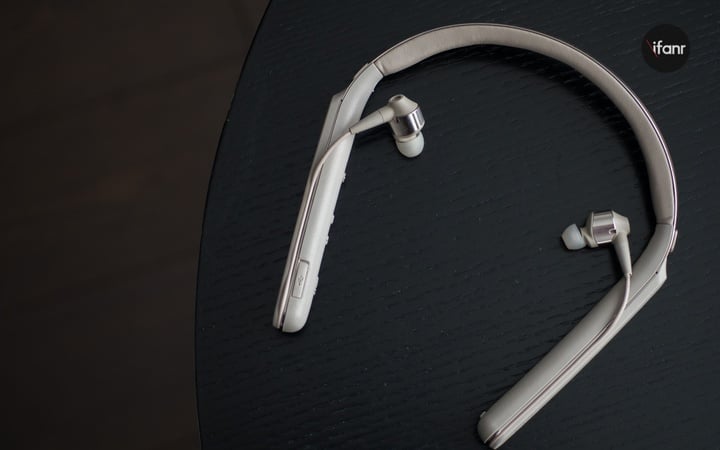
The shoulder-mounted style is the same as the in-ear design, and the difference in the tightness and stability of the two earphones is small. However, the shoulder-mounted earphones will have a shoulder-hanging structure, which is still not as convenient as a true wireless earphone.
When the weather is not so hot, the shoulder strap can also meet the needs of outdoor use. But if you run into a hot day or want to use it while you sleep, it is still a bit of a hassle to use.

The true wireless headset lacks the shackles of the headphone cable and is the most free to use, whether it is walking, office or sleeping.
But after fully wireless, the transmission pressure of the true wireless headset will also become larger, and the stability and delay control of the connection will be weaker than that of the head-mounted and shoulder-mounted models. In this case, true wireless noise reduction is more suitable for use in general commuting environments, if you are listening on the roadListening to songs, watching a simple video, it is still able to meet the needs.
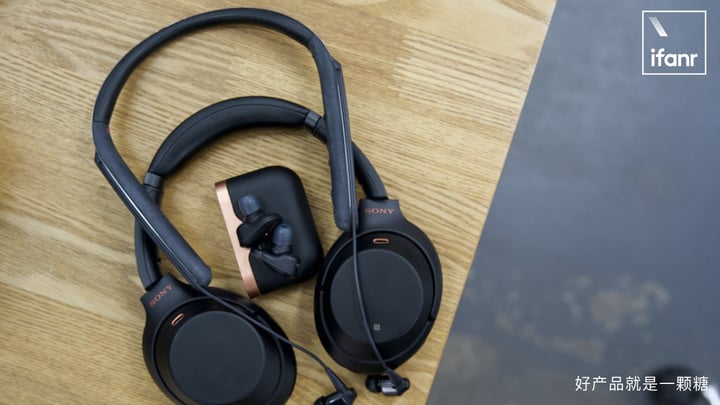
In this way, the three earphones actually have their own corresponding use range, and there is also no overlap between these ranges. If you only buy one headset, it is difficult to completely cover your needs.
In this case, I personally recommend buying two pairs of headphones to use. You can use real wireless headphones when you commute, and you can put on your head-mounted or shoulder-mounted noise-cancelling headphones when you are in the office and in airplanes and long-distance buses, so that you can completely cover your use.